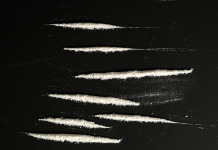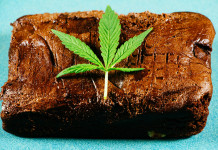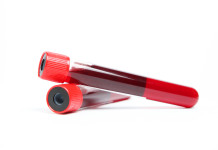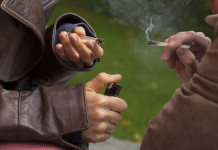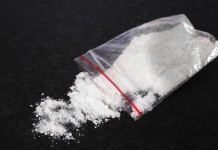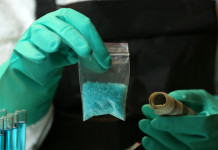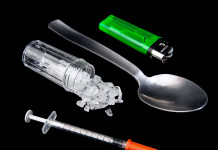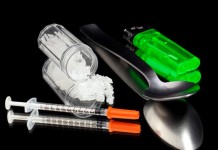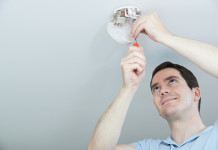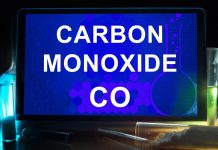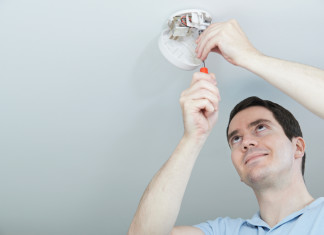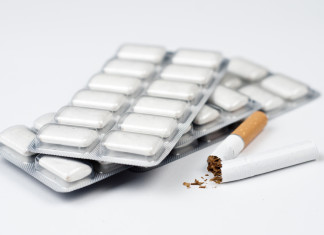Carbon monoxide is an odorless but toxic gas that results when a fuel, such as gasoline, coal, propane, charcoal and others, burns incompletely. It is essential to burn any of these fuels in areas that are properly ventilated. Equipment and machinery that use these fuels should be properly maintained.
A poisonous gas was swirling all around them, and the two high school seniors didn’t even know it. After all, that gas - carbon monoxide - is colorless, odorless, and tasteless. Within a few hours, the seemingly innocent substance would nearly snuff out their young lives.
The trouble began on a cold January night in Iowa City, Iowa. Michelle Unger and Cullin Schooley, both 18, were seated in a parked sport-utility vehicle that was missing a tailpipe. The engine was running, and as it did, the carbon monoxide (CO) seeped into the vehicle’s cab.
The two friends complained to each other of fatigue and headaches - two warning signs of carbonmonoxide poisoning. Then they drifted off to sleep. As they slept, the poisonous gas continued to enter the cab.
When Michelle wasn’t home by 1:15 a.m., her mother became worried and checked outside the apartment complex where they live. There she found the vehicle. The engine was still running. The windows were fogged. The two friends were inside, unconscious.
Michelle’s mother called the police, who broke into the vehicle and rushed the teens to the hospital. The parents were advised that there was a 50 percent chance that Michelle and Cullin would not survive. They also learned that both kids were at risk for brain damage. After a 10-day hospital stay, Michelle and Cullin were released. While they seemed to have recovered fully, doctors warned that long-term effects of high levels of carbon monoxide poisoning remain unknown.
“When you wake up in the hospital and you see all these machines and people around you trying to help, it makes you realize how short life really is,” Michelle said.
Get to Know the Invisible Foe
Carbon monoxide is one of the most common poisons around. It is created when many forms of fuel burn incompletely. Such fuels include gasoline, wood, coal, charcoal, propane, methane, and kerosene. It’s also a by-product of tobacco smoke. Typical sources of carbon monoxide include car exhaust, blocked or leaky chimneys, gas cooking ranges, fuel-burning heaters, and improperly vented woodstoves.
Too much exposure to carbon monoxide can cause slow suffocation. Symptoms of low-level exposure include headache, fatigue, nausea, or dizziness. Continued exposure can lead to vomiting, confusion, and heart palpitations. At high concentrations, carbon monoxide poisoning can lead to unconsciousness, coma, brain damage - and death. People at extra risk for poisoning include infants, young children, smokers, and those with anemia or heart disease.
What Can You Do?
If hearing such news about a common substance that you can’t see, smell, or taste makes you want to stay in bed with the covers pulled over your head, fear not. The key to staying safe is often as simple as proper ventilation. Follow these guidelines from the National Fire Protection Association:
* If you need to warm up a vehicle, remove it from the garage immediately after starting the ignition. If you leave the car in the garage, carbon monoxide can build up quickly - even if the garage door is open. Remember, CO also can enter your home through an attached garage.
* Repair any leaks in your vehicle’s exhaust system.
* Never use a barbecue grill inside a home, garage, or tent.
* Take extreme care with kerosene heaters. Before operating one, find out if such heaters are legal in your state. If you do use a kerosene heater, always keep a window open slightly. Refuel outside, after the heater has cooled down.
* Speak with your family about the importance of having a specialist check fireplaces, chimneys, furnaces, water heaters, wood stoves, and portable or space heaters for cracks, blockages, and leaks.
* Make needed repairs before using the equipment. Usually, local utility companies provide inspection and repair services. Utility companies also can test for the presence of carbon monoxide in the home.
* Never use heaters or stoves that run on propane, butane, kerosene - or any other fossil fuel - inside a tent or camper.
* Stay away from tobacco smoke. Along with many other harmful substances, it contains low levels of CO.
Finally, if you believe you have symptoms of carbon monoxide poisoning, get into a well-ventilated area at once - and then call your physician.




